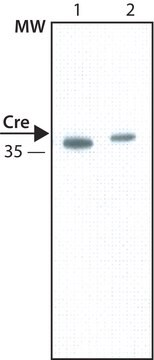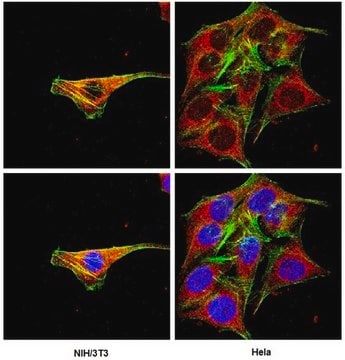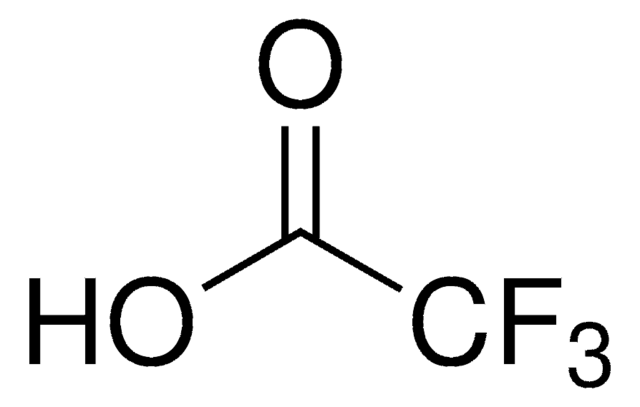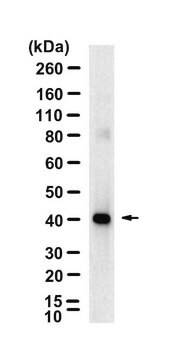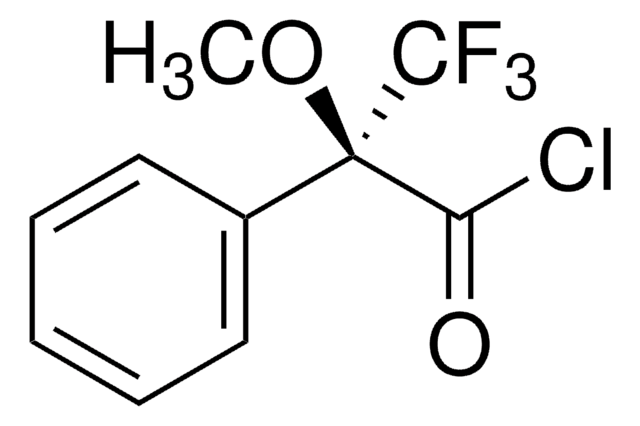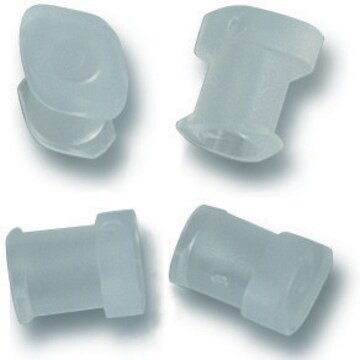69050
Anti-Cre Antibody
Novagen®
Synonym(s):
Cre Recombinase Antibody
About This Item
Recommended Products
antibody form
purified antibody
Quality Level
antibody product type
primary antibodies
manufacturer/tradename
Novagen®
storage condition
OK to freeze
avoid repeated freeze/thaw cycles
shipped in
wet ice
storage temp.
−20°C
target post-translational modification
unmodified
General description
Evaluated by Western Blotting with Recombinant Cre-His.
Western Blotting Analysis: Representative lot data.Recombinant Cre-His loaded at 20 ng/lane (Lane 1) and 10 ng/lane (Lane 2) was probed with Cat. No. 69050-3, Anti-Cre (1:10,000 dilution). Proteins were visualized using a Donkey Anti-Rabbit secondary antibody conjugated to HRP and a chemiluminescence detection system. Arrow indicates Cre (~39 kDa).
Warning
Legal Information
Not finding the right product?
Try our Product Selector Tool.
Storage Class Code
10 - Combustible liquids
WGK
WGK 1
Flash Point(F)
Not applicable
Flash Point(C)
Not applicable
Regulatory Listings
Regulatory Listings are mainly provided for chemical products. Only limited information can be provided here for non-chemical products. No entry means none of the components are listed. It is the user’s obligation to ensure the safe and legal use of the product.
JAN Code
69050-50UL:
69050-ML:
69050-3:
69050-TML:
Certificates of Analysis (COA)
Search for Certificates of Analysis (COA) by entering the products Lot/Batch Number. Lot and Batch Numbers can be found on a product’s label following the words ‘Lot’ or ‘Batch’.
Already Own This Product?
Find documentation for the products that you have recently purchased in the Document Library.
Our team of scientists has experience in all areas of research including Life Science, Material Science, Chemical Synthesis, Chromatography, Analytical and many others.
Contact Technical Service